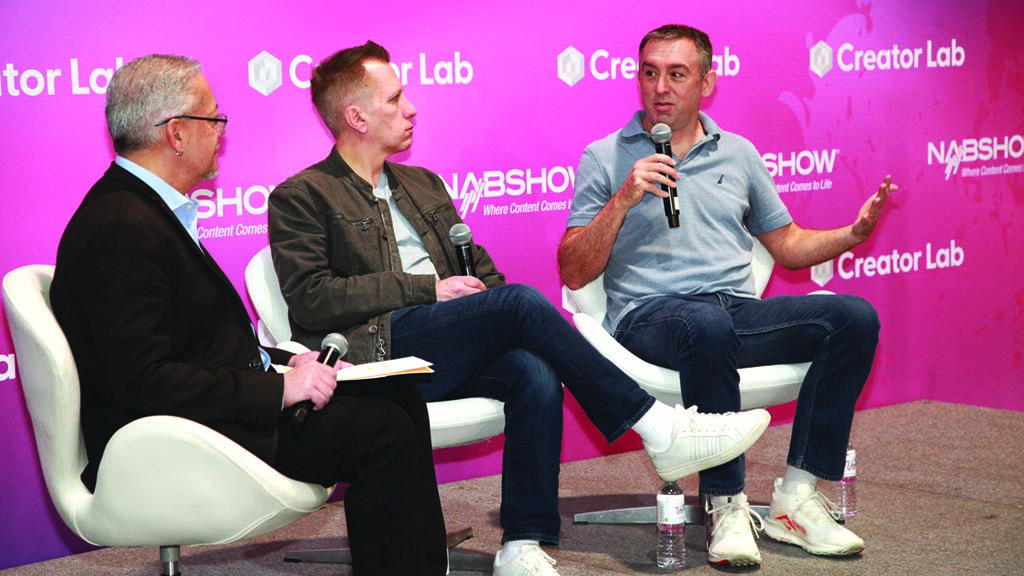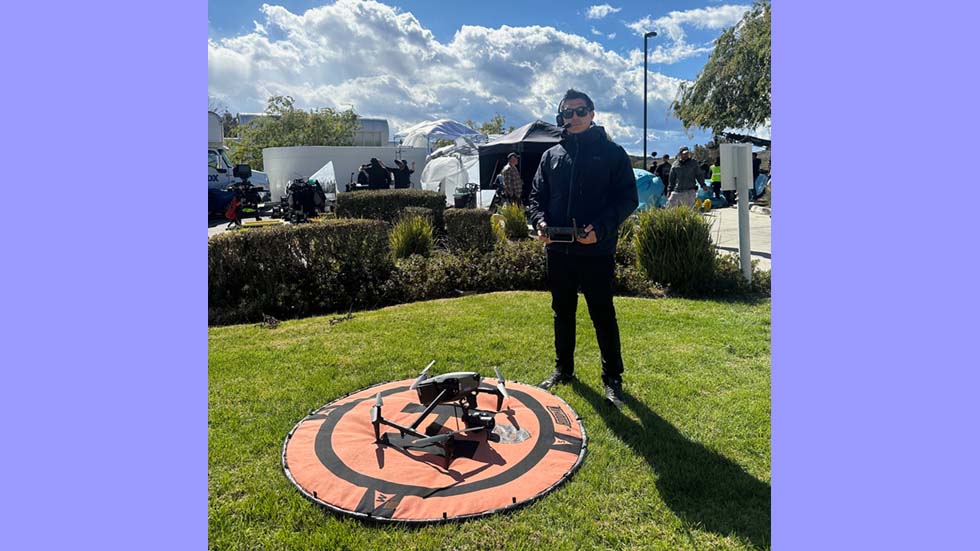Using 8K Scanning to Make an Old Film Look New
Advanced technology is breaking ground in film remastering

LAS VEGAS—The use of 8K scanning is taking off in new films as well as in the restoration and remastering of old films. The technology, which scans each negative of a film one at a time, can greatly improve the quality of the image while reducing noise.
At the “8K Technology and Its Emerging Role in the Creative Process” panel at NAB Show on Monday, Mike Smith of Wavelet Consulting said Warner Bros. Discovery has 8,000 films in its archives and 500 have been scanned in 4K or 8K. In the past three years, they have added 20 films scanned in 8K. “We treat it like it is the last time you will be able to touch the negative” when scanning because negatives can deteriorate or be lost.
When determining if a film should be scanned for 8K, a blind scan test is done in both 4K and 8K and then the samples are shown to industry groups to determine if the difference justifies the cost and file sizes required for 8K work.
The actual scanning process takes a picture of each negative, but sometimes multiple exposures are taken as a way to filter out film grain and scanner noise. The results are then averaged to reduce the scanner noise.
Recent theater releases using 8K include “Purple Rain” and “Oppenheimer” and the technology was also used on the recently released Talking Heads, Led Zeppelin and Queen films. Next up are the “Dirty Harry” titles.
But 8K isn’t a one-size-fits-all solution to restoration. Filmmakers have found that often you get a better 4K master even if you scan it at 8K. And even though there are still limited ways to show films in 8K, the industry wants to be future-ready for when 8K technology comes to more theaters and in-home televisions.
“Not all titles have that detail — maybe it’s the lens they used or film stock,” said Greg Ciaccio, vice president of original content, Post & Image Capture, at IMAX. And showing a film at a higher resolution isn’t just about more pixels and resolution — but better pixels, he said.
Get the TV Tech Newsletter
The professional video industry's #1 source for news, trends and product and tech information. Sign up below.
A recent re-release of “2001: A Space Odyssey” is the first time an 8K film has gone not to theaters but over the air and into homes. But the home experience won’t pick up until more televisions can handle the technology and bandwidth, Ciaccio said.
As for the future of 8K, the numbers just keep getting higher. Smith at Wavelet said they have a scanner capable of 13.5K, and Ciaccio said IMAX has a scanner capable of 16K. But there is a working group that hopes to have industry standards in place this year concerning the technology, and more 8K-compatible camera lenses are being made.
“Using a poor lens on a high-resolution camera doesn’t make a great film,” said Smith.
Ciaccio says that right now they want to make sure the system is future-ready so they are scanning in 8K release even though the 4K version might be used. “When users are ready for 8K, the scans have already been done and cleanup costs already covered,” he said.
Copyright 2025 NAB
